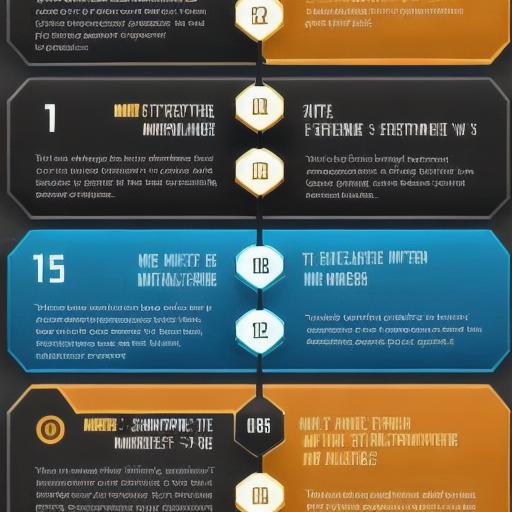Mobile game development is an exciting venture, but it comes with its own set of financial considerations. As a mobile games developer, understanding the costs involved in creating a high-quality mobile game is essential to ensure a profitable business model. In this text, we’ll explore various aspects of mobile game development costs and provide you with real-world examples.
1. Pre-production Costs

Pre-production costs refer to planning, designing, and conceptualizing your game. This includes creating game mechanics, designing characters and environments, and writing the storyline. While these expenses might seem minimal initially, they are crucial in setting the foundation for a successful mobile game. A mid-range mobile game can cost between $50,000 to $100,000 for pre-production.
2. Development Costs
Development costs involve the actual coding and implementation of your mobile game. Hiring experienced developers, graphic artists, animators, sound designers, and quality assurance testers can significantly impact your budget. For a small-scale mobile game with limited features, development costs might range from $50,000 to $150,000. More complex games with advanced graphics and interactive elements can cost upwards of $200,000 or more.
3. Marketing Costs
Marketing is essential for any successful mobile game. App store optimization, social media advertising, influencer collaborations, and other marketing strategies can collectively account for a significant portion of your budget. Aggressive marketing efforts can cost upwards of $500,000 or more, depending on the target audience, competition, and marketing channels.
4. Maintenance and Updates Costs
Post-launch maintenance and updates are critical for retaining users and keeping your mobile game relevant. These costs include fixing bugs, adding new features, and addressing user feedback. The ongoing expenses for maintaining and updating a mobile game can vary widely depending on the game’s complexity and user base size. A rough estimate for annual maintenance and update costs is around 15-20% of the initial development budget.
Examples from the Industry
Let’s consider some real-world examples to better understand the cost implications of mobile game development:

Angry Birds: Rovio, the company behind Angry Birds, invested approximately $300,000 in its initial development. The pre-production phase included concept creation and prototype development. Development costs covered coding, graphics, animation, sound design, and testing. Marketing efforts included app store optimization and various promotional campaigns. Today, Angry Birds is a household name, generating substantial revenues through in-app purchases and merchandise sales.
**Candy Crush:**
King, the creator of Candy Crush, reportedly spent $2.5 million on its development. The game’s success can be attributed to its engaging gameplay, addictive nature, and aggressive marketing efforts. Today, Candy Crush is one of the most popular mobile games, generating billions in revenue through in-app purchases and advertising.
**Summary**
Mobile game development costs vary widely depending on factors like game complexity, target audience, and marketing efforts. Pre-production costs cover planning, designing, and conceptualizing your game, development costs involve coding and implementation, marketing expenses focus on promoting your game, and maintenance and updates ensure long-term success. By understanding these cost implications and seeking a balance between initial investment and potential returns, you can create a successful mobile game that delights users while maintaining a profitable business model.
